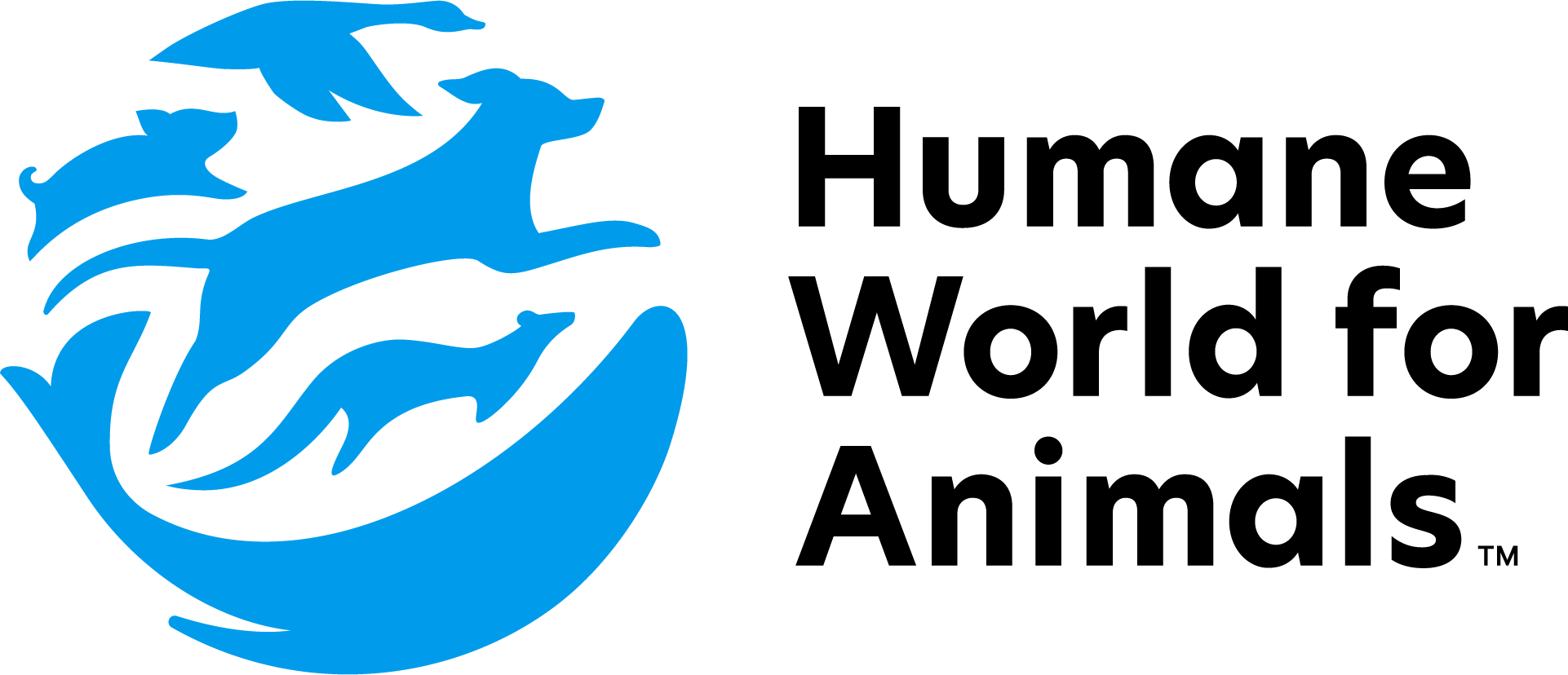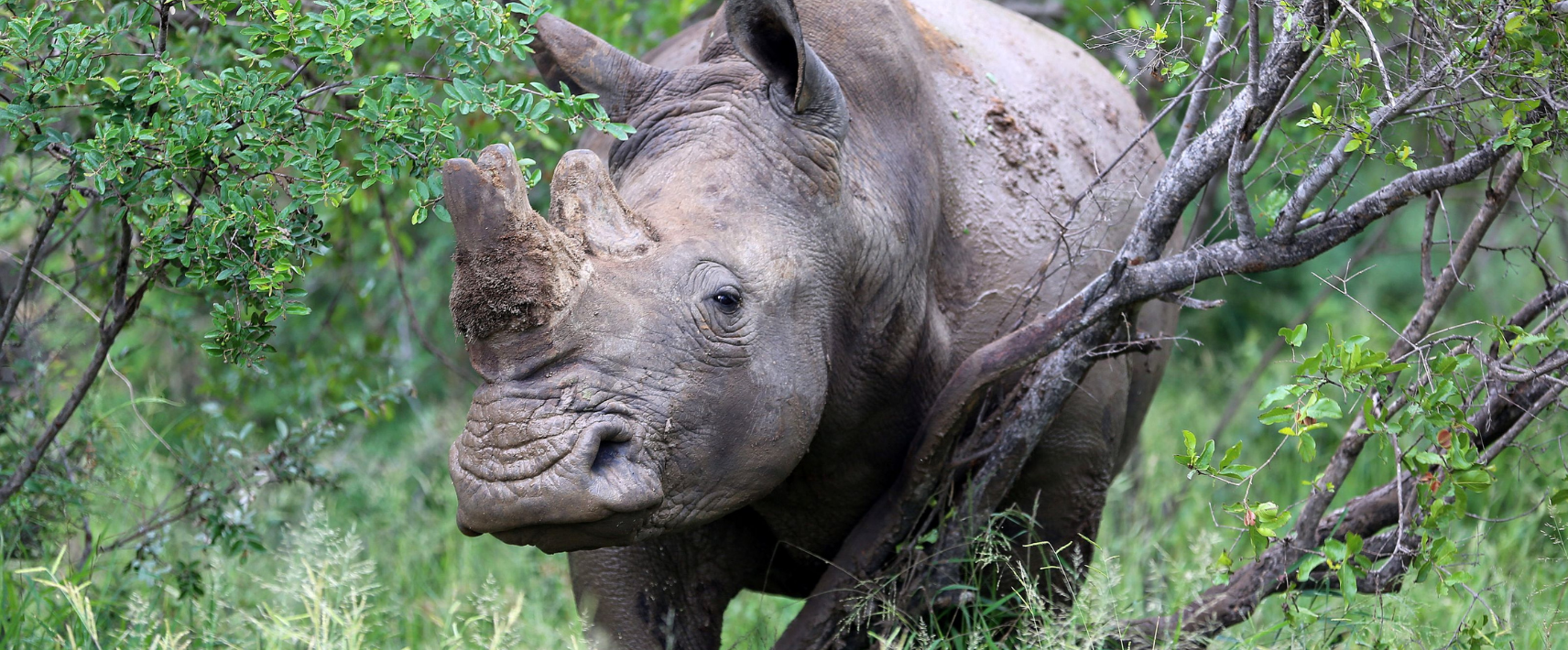One of the most important global meetings on wildlife trade has just wrapped up in Uzbekistan. It’s capital city Samarkand was where governments convened for the 20th Conference of the Parties (CoP20) to the Convention on International Trade in Endangered Species of Wild Fauna and Flora (CITES) to decide how international trade should be managed for some of the world’s most threatened...
The 2020 pandemic outbreak of COVID-19 turned the world’s attention to the growing global threat of new viral diseases. On December 31, 2019, The World Health Organization (WHO) was alerted by Chinese authorities to an outbreak of a novel strain of coronavirus causing severe pneumonia,1 subsequently named SARS-CoV-2, a zoonotic disease (transmissible between animals and people).
During the initial outbreak, most human cases were traced back to a wildlife market in the city of Wuhan, Hubei province, China. SARS-CoV-2 is thought to have originated in bats and may have passed through an intermediate animal host animal before acquiring the ability to infect people.
The way we interact with both wild and domestic animals has profound implications for public health world-wide. While it is difficult to predict the next zoonotic pandemic, there are many known risk factors.


